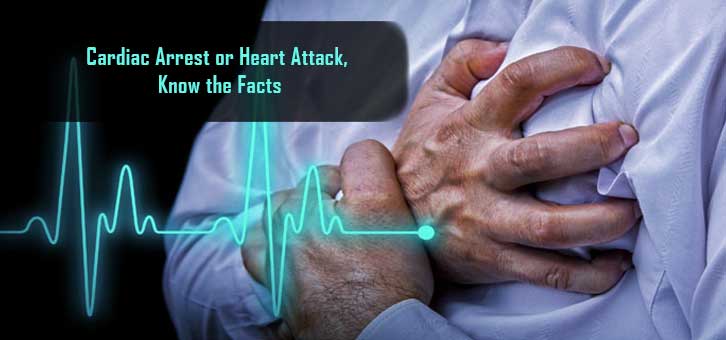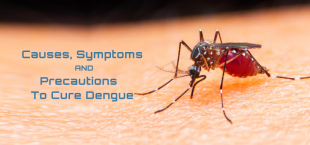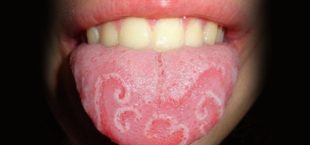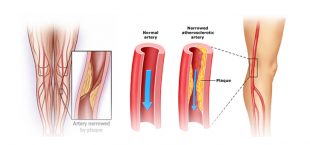Sudden Cardiac Arrest (SCA) is still an ailment people do not know much. The condition is more deadly than a heart attack as chances to survive a SCA are very dim. A heart attack is a common health disorder, but when it comes to Sudden Cardiac Arrest (SCA), it still catches people unawares. Many times people confuse it with a heart attack, not knowing much about SCA.
The most common trigger of sudden cardiac arrest is ventricular tachycardia and ventricular fibrillation.
Cardiac Arrest or Heart Attack, Know the facts
In case of a heart attack, there is a blockage in an artery due to which halt in the flow of oxygen-rich blood to the body parts occurs. A sudden cardiac arrest happens when the heart suddenly stops beating because of a malfunction in electrical impulses. Due to fat and plaque deposition in the heart’s artery, a blockage starts developing, which hampers the blood flow. On being completely blocked, it triggers a heart attack. While irregular heartbeats, known as arrhythmia, which when not treated lead to a sudden cardiac arrest. Simply put, a heart attack takes place due to ‘circulation’ malfunction, while sudden cardiac arrest happens because of ‘electrical’ malfunction in the heart.
Causes of Sudden Cardiac Arrest
The heart is an essential organ in a human body and acts as a pump. It supplies oxygen-rich blood to every cell of the body. The heart has four chambers — two smaller, upper chambers called the right and left atria. Below them are two larger, lower chambers called the right and left ventricles. Through powerful contractions, or heartbeats, these chambers continuously pump oxygen and nutrient-rich blood to the entire body. The heart’s continuous contraction happens due to its electrical conduction system. The most common trigger of sudden cardiac arrest is ventricular tachycardia and ventricular fibrillation.
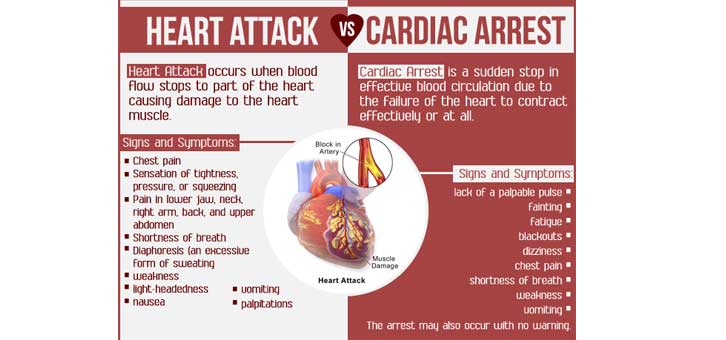
A sudden cardiac arrest is related to arrhythmia, which is a heart rhythm disorder. Abnormally slow heart rhythms (usual rates may be unusually slow or below 50 beats per minute) are known as bradycardia, while unusually fast heart rates (usually 150 or more beats per minute) are known as tachycardia. Irregular, fast heartbeats in the ventricles are called ventricular tachycardia. When the ventricles start fluttering or quivering, the condition is called ventricular fibrillation. Due to ventricular tachycardia and ventricular fibrillation, the blood flow to the brain gets reduced, leading to immediate loss of consciousness and death.
Sambav urges you to use certain tools or kit for emergency (‘SOS’ button feature) but firstly educate yourself and your family members by learning these three tips about heart disease and healthy living before it’s too late.
- Know your risk
- Get regular check-ups
- Make your lifestyle a heart-healthy one

